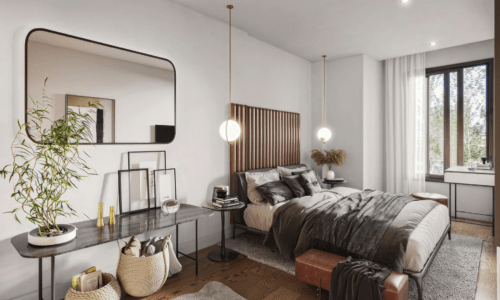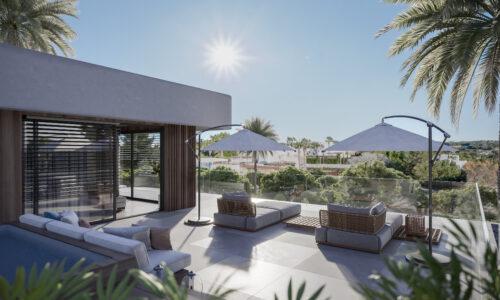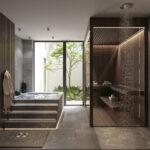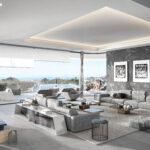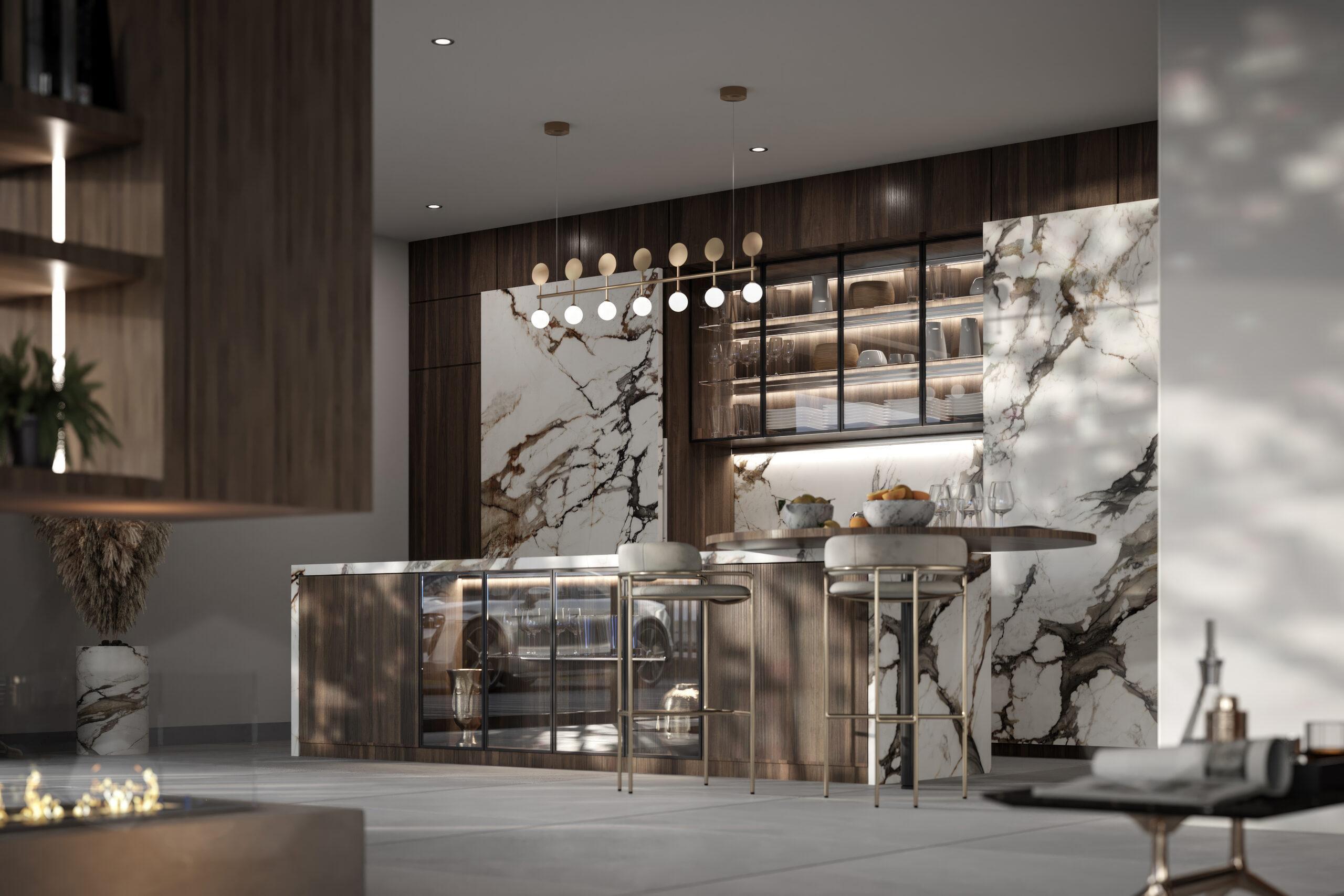
The Vital Role of Lighting in Architectural Rendering
- Yissel Álvarez
- June 27, 2023
- 3D Design
- 0 Comments
When it comes to architectural rendering, lighting plays a crucial role in enhancing the quality and realism of the generated images. Proper lighting contributes to realism by interacting with objects, casting shadows, and creating reflections, thereby creating a sense of depth and volume. Furthermore, lighting helps in creating different environments and atmospheres, conveying various moods, and highlighting specific architectural features.
Lighting allows for the highlighting of key design elements such as furniture, materials, or textures. By effectively illuminating these details, the overall composition of the render is enhanced, balancing light and shadow, creating focal points, and visually organizing the elements present in the space.
When it comes to rendering, considering different types of lighting is essential to achieve realistic and visually appealing results. Here are some common types of lighting used in architectural rendering and their importance:
Natural Lighting:
Natural lighting simulates illumination from the sun and sky. It is fundamental in creating a sense of realism and showcasing how daylight interacts with the architectural environment. The direction, intensity, and colour of natural light may vary depending on geographical location and time of day, thus affecting the atmosphere and overall appearance of the rendered image.
Artificial Lighting:
Artificial lighting refers to the illumination created by artificial light sources, such as lamps, sconces, spotlights, and fixtures. Artificial lighting can be used to highlight specific areas, create dramatic effects, or simulate different interior lighting scenarios. Choosing the appropriate type of artificial lights and their placement is crucial in achieving the desired effect and emphasizing key aspects of the architectural design.
Accent Lighting:
Accent lighting is used to highlight specific features or prominent architectural elements, such as artwork, structural details, or decorative elements. These lights are strategically placed to create focal points and add visual interest to the rendered image.
Diffused Lighting:
Diffused lighting refers to soft and uniform illumination that is evenly distributed throughout the space. It can help eliminate harsh shadows and create a gentle, enveloping illumination. Diffused lighting is particularly useful in showcasing subtle details and emphasizing material textures.
Backlighting:
Backlighting is placed behind the object or represented space to create a halo of light that highlights contours and separates the object from the background. It helps create a sense of depth and adds visually appealing aesthetics to the rendered image.
Carefully planned and applied lighting enhances the quality of architectural renders, making them more realistic, attractive, and communicative to viewers. At Zenit Visuals, we have a proven experience in developing photorealistic renders. We would be delighted to assist you in improving your reach and marketing your products, as well as attracting more satisfied clients.
If you need assistance with your architectural project and require visualization services, please feel free to contact us for further information.
